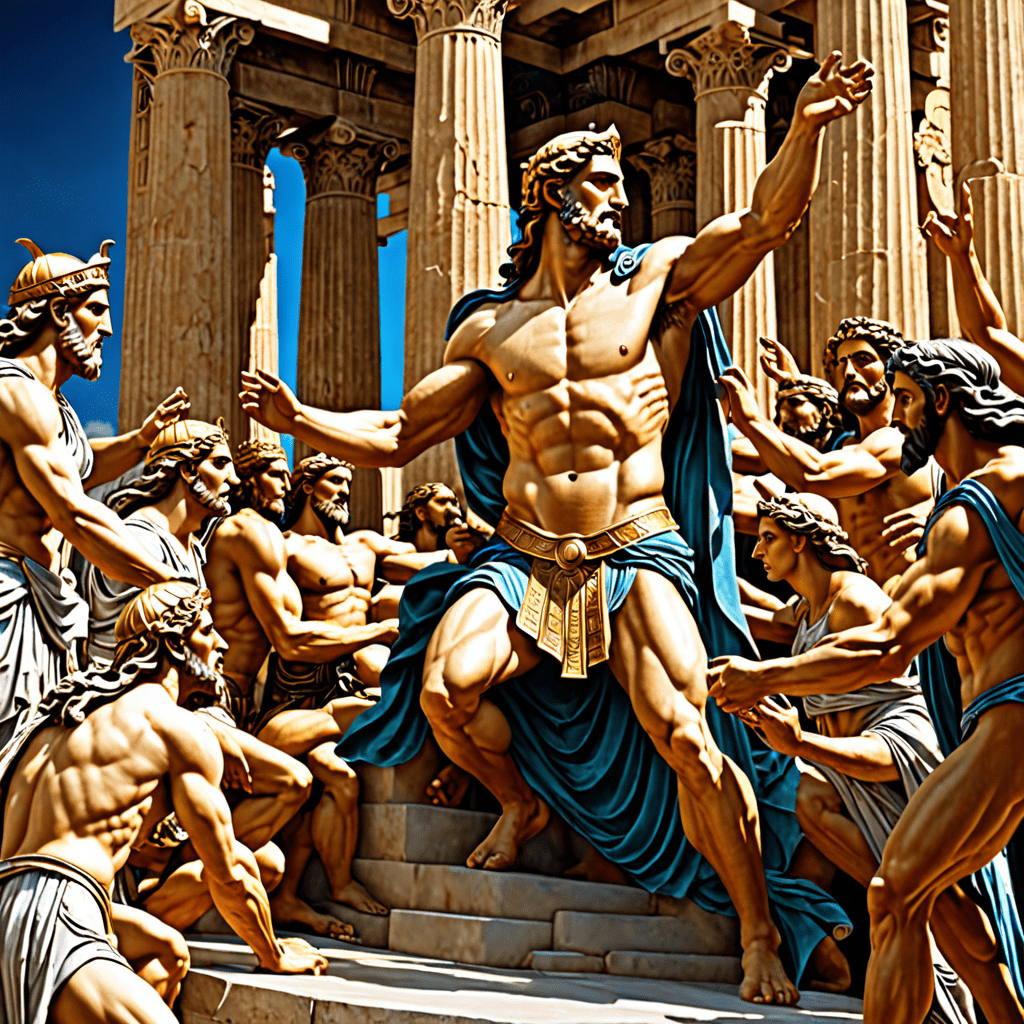The Secrets of the Witch’s Cauldron: A Magical Artifact of Transformation
Introduction to the Witch’s Cauldron
The witch’s cauldron is a timeless symbol in the realm of witchcraft, representing not just a vessel for brewing potions, but also a powerful artifact of transformation and change. Historically, cauldrons have held significant meaning across various cultures, often associated with the mystical practices of witches and sorcerers. In folklore, they are depicted as places where magic is concocted, mysteries are unveiled, and transformations occur. From the bubbling brews of fairytales to the cauldron’s presence in contemporary spiritual practices, its role remains pivotal in the understanding of witchcraft.
Mythology and Origins of the Cauldron
The cauldron’s roots can be traced back to ancient mythology, where it often appears as a central element in stories of transformation and rebirth. In Celtic mythology, for instance, the Cauldron of Plenty, associated with the goddess Ceridwen, was said to possess the power of renewal and wisdom. Similarly, in Norse mythology, the cauldron plays a significant role in the tales of the gods, symbolizing abundance and the cycle of life and death.
Across various cultures, the cauldron serves as a:
- Symbol of fertility and abundance
- Vessel for transformation and rebirth
- Representation of the feminine divine and the womb of the Earth
These ancient associations underline the cauldron’s enduring significance as a transformative tool in both myth and practice.
The Cauldron in Witchcraft Practices
In the practice of witchcraft, the cauldron is an essential tool used in various rituals and spells. Its size, material, and placement can greatly influence the energy and intention behind the work being performed. Witches may use cauldrons made from:
- Cast iron – durable and traditional
- Ceramic – often used for specific potions or spells
- Metal – for its conductive properties
The placement of the cauldron is also crucial; it is often situated on an altar or sacred space to enhance its magical properties. The cauldron serves as a focal point for the witch’s intention, allowing for a deeper connection to the elements and the energies being invoked.
The Art of Potion-Making
Potion-making is an intricate art that involves a deep understanding of ingredients and their symbolic meanings. Common ingredients used in cauldron concoctions include:
- Herbs – each with its own magical properties (e.g., rosemary for protection, lavender for peace)
- Gemstones – often crushed or powdered to add energetic qualities
- Natural elements – such as water, earth, fire, and air to harmonize the potion
Crafting a potion for transformation and healing typically involves the following steps:
- Set your intention: Clearly define what transformation you desire.
- Gather your ingredients: Choose those that resonate with your intention.
- Prepare your space: Create a sacred environment, free from distractions.
- Brew your potion: Combine ingredients in the cauldron, stirring clockwise while focusing on your intention.
- Consecrate your potion: Invoke any deities or energies that you wish to assist you.
- Store and use: Once complete, store the potion in a suitable container and use it as needed.
The Symbolism of Transformation
The cauldron symbolizes much more than just a cooking vessel; it serves as a metaphor for personal transformation and growth. In many traditions, the act of brewing is akin to a process of inner alchemy, where the base ingredients undergo a change to create something new and powerful. Stories of transformative spells abound, illustrating how individuals and communities have harnessed the cauldron’s power for change.
Some notable examples include:
- The story of the witch who brewed a potion to heal her community from a devastating plague.
- The tale of a young apprentice who, through the cauldron’s magic, transformed into a powerful sorceress.
These narratives highlight the cauldron’s role as a catalyst for personal and communal transformation.
Modern Interpretations and Uses
In contemporary practices, witches and practitioners continue to incorporate cauldrons into their magical work. The resurgence of interest in cauldron-related practices can be seen in various spiritual communities, where cauldrons are embraced as tools for manifestation, healing, and personal growth. Modern witches often use cauldrons to:
- Create rituals for personal empowerment
- Craft herbal remedies
- Perform spells for love, protection, and prosperity
This renewed interest reflects a broader cultural shift towards holistic and spiritual practices, as individuals seek to connect with ancient wisdom and transformative energies.
The Cauldron in Literature and Film
The cauldron has been a powerful symbol in literature and cinema, shaping societal views on witchcraft and magic. Notable representations include:
- Shakespeare’s “Macbeth”, where the cauldron is a site of dark prophecy and ambition.
- Disney’s “Hocus Pocus”, which portrays the cauldron as a tool for comedic chaos.
These portrayals often influence public perception, reinforcing stereotypes of witches while also inviting curiosity about the deeper meanings behind the cauldron.
Crafting Your Own Cauldron: A DIY Guide
Creating a personal cauldron can be a fulfilling and empowering project. Here are some tips for crafting your own:
- Choose your materials: Consider using clay, metal, or even repurposing an old pot.
- Design your cauldron: Decorate it with symbols that resonate with your magical practice.
- Consecrate your cauldron: Perform a ritual to bless your cauldron and set your intentions for its use.
Once crafted, your cauldron can become a sacred space for your magical workings.
Ethical Considerations in Magical Transformation
With the power of the cauldron comes the responsibility of ethical practice. It is crucial for practitioners to consider the moral implications of using magic for transformation. Questions to ponder include:
- What are the potential consequences of your spells?
- How does your intention align with the greater good?
- Are you respecting the free will of others in your magical workings?
Ethical considerations should guide every magical endeavor, ensuring that the power of the cauldron is used wisely and with respect.
Conclusion: Embracing the Magic of the Cauldron
In summary, the witch’s cauldron is a profound symbol of transformation, rich with historical significance and contemporary relevance. From its roots in ancient mythology to its modern-day applications, the cauldron continues to be a powerful tool for personal and communal transformation. Whether you are a seasoned practitioner or a curious newcomer, exploring the magic of the cauldron can lead to profound personal growth and empowerment. Embrace the journey, and let the cauldron guide you on your path of transformation.




